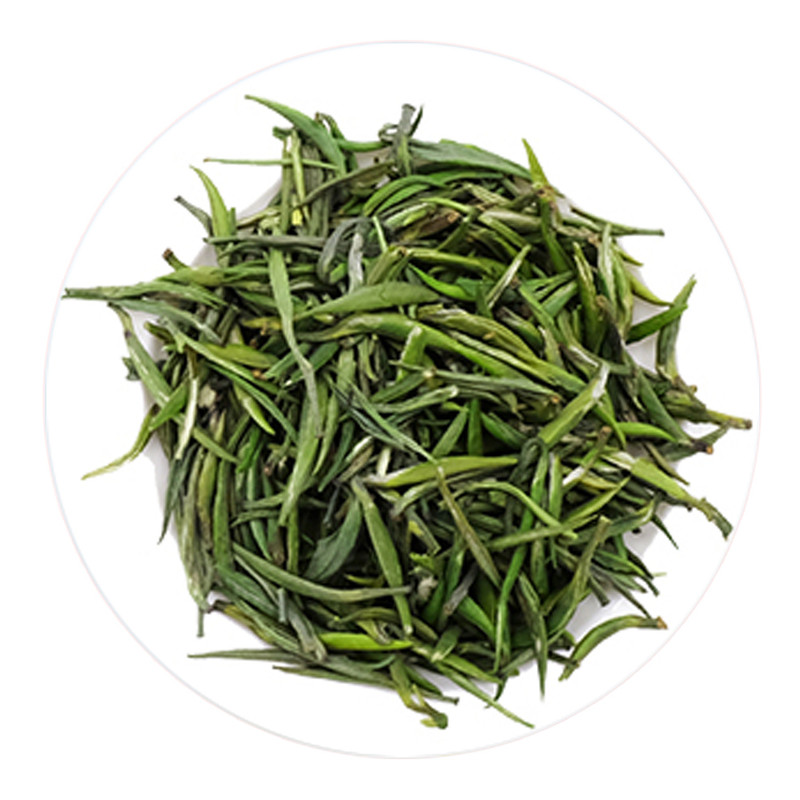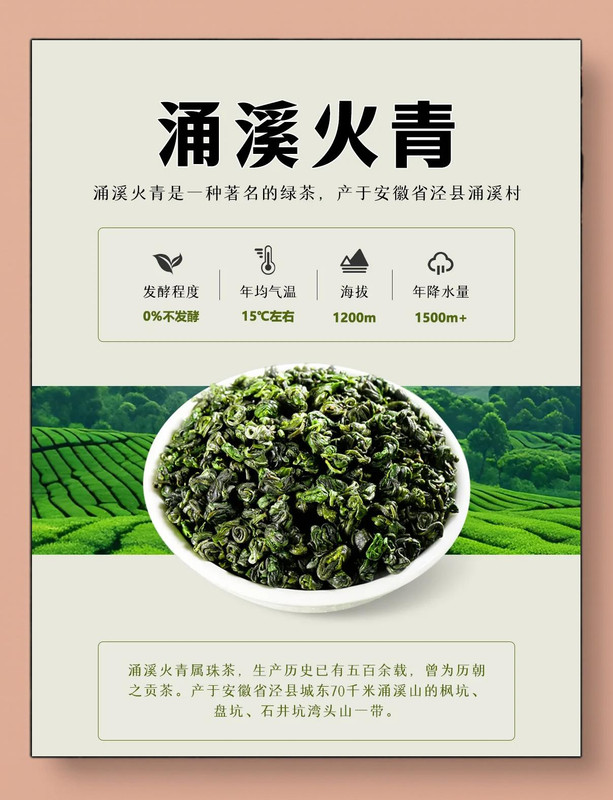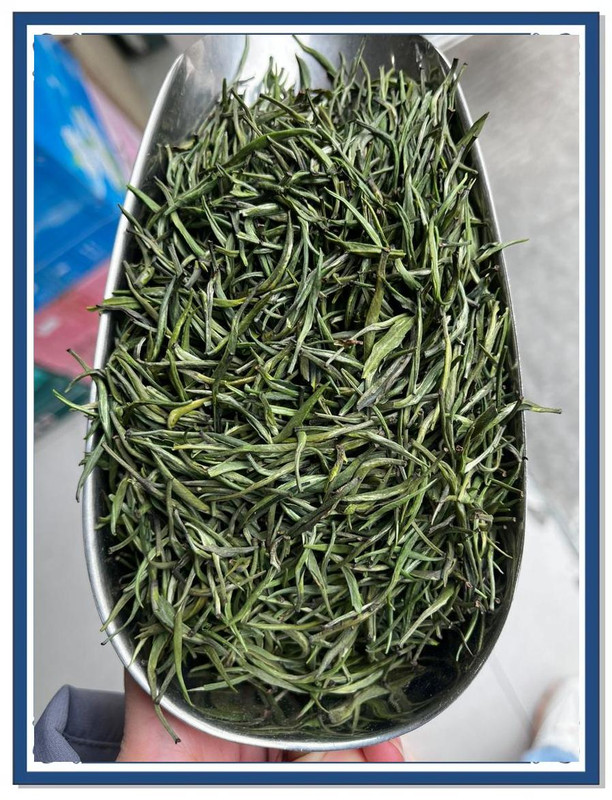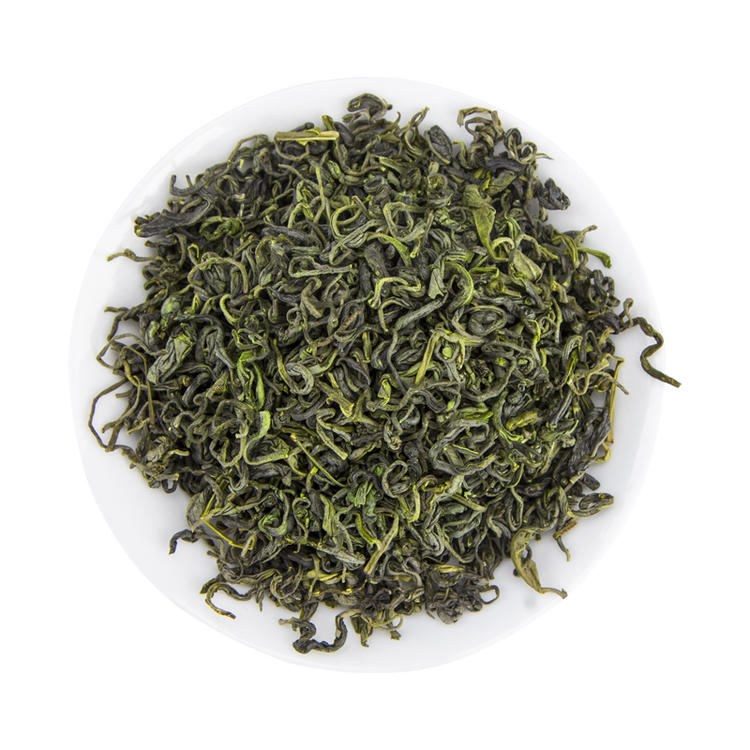Nestled in the mist-shrouded hills of Tongling, Anhui Province, lies a tea that has captivated connoisseurs for centuries—铜陵野雀舌茶 (Tongling Wild Sparrow Tongue Tea). This historic green tea, revered for its delicate flavor and cultural significance, embodies the essence of China’s tea-growing traditions. Let us explore its origins, craftsmanship, and enduring legacy.
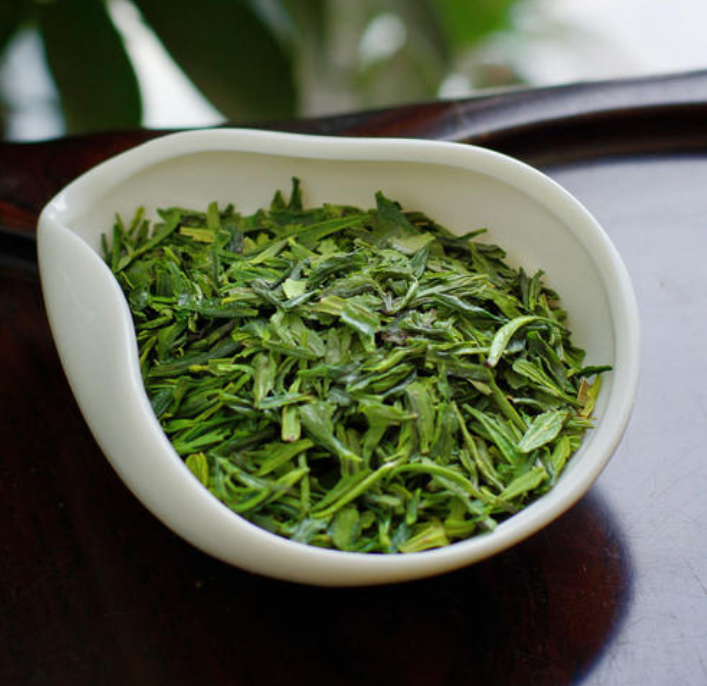
Historical Roots: A Tea Fit for Emperors
Legend traces the birth of Wild Sparrow Tongue Tea to the Ming Dynasty, when tea masters in Tongling’s Tongguan Mountain region crafted a leaf resembling a sparrow’s tongue—slender, curved, and vibrant green. By the Qing Dynasty, it had earned the title “Jiangnan’s Finest Brew” and was even presented as a tribute to imperial courts. However, the art of its production faded over time, only to be resurrected in 1987 by agricultural expert Xie Zigui, who revived the traditional firing techniques. Today, it stands as a testament to Anhui’s tea-making heritage.
Terroir: Where Nature Nurtures Excellence
Grown in the ecological haven of Tongling’s instrument-feng Ridge, Wild Sparrow Tongue Tea thrives in a unique microclimate. Surrounded by lush paulownia forests and the serene Luosi Mountain Park, the tea bushes benefit from:
- Soil: Deep, fertile layers enriched with minerals.
- Climate: Foggy mornings and cool afternoons, ideal for slow leaf growth.
- Elevation: 200–500 meters above sea level, where tea plants absorb mountain mist.
This environment imbues the leaves with a distinctive floral aroma, often tinged with hints of paulownia blossoms.
Craftsmanship: The Art of Fire and Leaves
The tea’s production is a labor of love, adhering to time-honored methods:
- Plucking: Only the youngest bud and one leaf are harvested in early spring.
- Withering: Leaves are spread on bamboo trays under sunlight to reduce moisture.
- Fixation: Skilled hands toss the leaves in woks at 200–220°C to halt oxidation.
- Shaping: Leaves are rolled into slender, tongue-like curves.
- Drying: Slow-baked over charcoal to lock in fragrance.
The result? Jade-green leaves that unfurl to reveal a luminous amber liquor.
Tasting Ritual: Brewing Perfection
To savor Wild Sparrow Tongue Tea’s full glory:
- Water: Use spring water heated to 80–85°C.
- Ratio: 3g of tea per 150ml of water.
- Infusion: Steep for 2–3 minutes, then decant.
The first brew releases a grassy freshness; the second, a nutty sweetness. Repeat up to four times, each cup unveiling new layers of flavor.
Quality Authentication: Spotting the Genuine Article
Authentic Wild Sparrow Tongue Tea is distinguished by:
- Appearance: Smooth, needle-like leaves with a silvery sheen.
- Aroma: Delicate notes of chestnut and orchid.
- Liquor: Bright golden-green hue.
- Taste: A harmonious balance of astringency and umami, with a lingering finish.
Beware of imitations—true Tongling tea bears a QS certification mark.
Grades and Pricing: Rarity and Prestige
The tea is classified into three tiers:
- Supreme Grade: Handpicked buds, priced at ¥3,000–5,000/500g.
- Premium Grade: Young leaves, costing ¥1,200–2,500/500g.
- Standard Grade: Mature leaves, available for ¥600–1,000/500g.
Limited annual yields (under 10,000kg) ensure its exclusivity.
Healthful Benefits: Nature’s Medicine in a Cup
Rich in polyphenols and vitamins, this tea offers:
- Cardiovascular Support: Lowers cholesterol and improves circulation.
- Detoxification: Aids digestion and purifies the liver.
- Antioxidant Power: Combats free radicals, slowing aging.
- Mental Clarity: Enhances focus without the jitters of coffee.
Cultural Significance: More Than a Beverage
In Tongling, Wild Sparrow Tongue Tea is woven into daily life—served to guests as a gesture of respect, sipped during festivals, and exchanged as a symbol of friendship. Its revival in the 1990s, led by local innovators, transformed it into a beacon of rural prosperity, earning accolades like the “China Agricultural Expo Gold Award” (1995) and “Green Food Certification” (2006).
Conclusion
Tongling Wild Sparrow Tongue Tea is not merely a drink—it is a journey through time, a celebration of nature’s bounty, and a testament to human ingenuity. Whether enjoyed in a bustling city teahouse or a tranquil mountain villa, this emerald elixir continues to enchant, one sip at a time.
